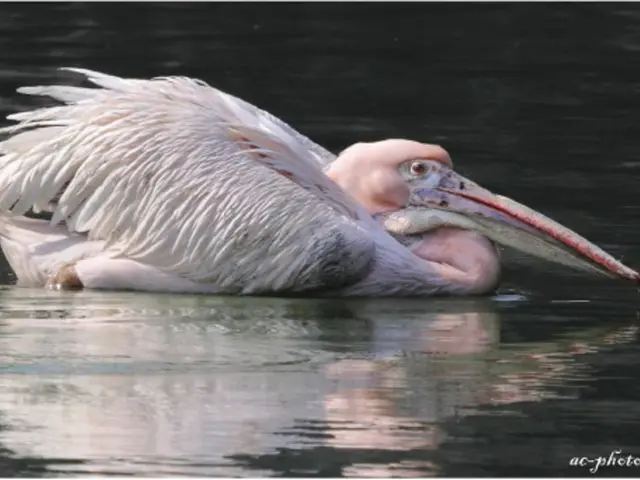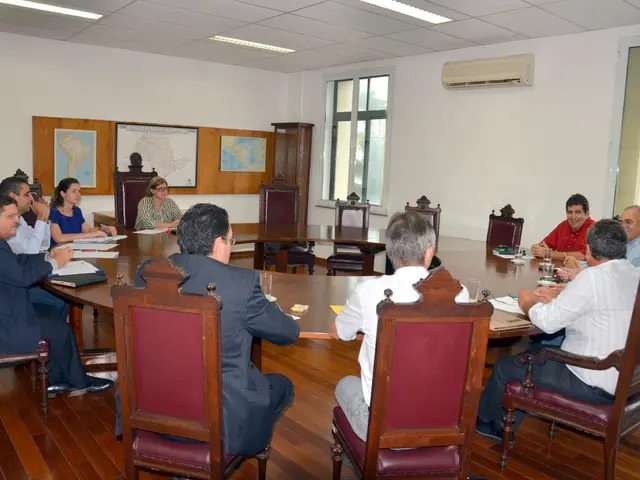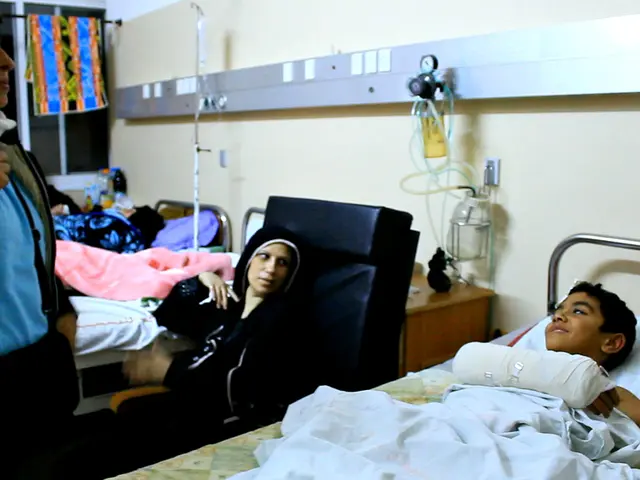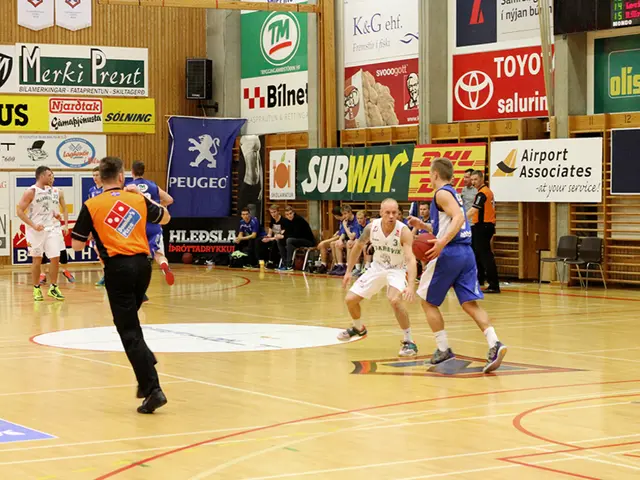Heating Up in the Baltic: Russia's Aggressive Moves and NATO's Response
Russia is being observed by Latvia's intelligence for potential provocations and surveillance of NATO activities in the Baltic Sea.
Things are heating up in the Baltic Sea as Russia ramps up its military activities, raising eyebrows and concerns among NATO members. The Kremlin's strategy involves provocative actions, surveillance of NATO activities, and displays of force that could test and intimidate potential adversaries.
Provocations and Peeking Toms
Russia has been upping its surveillance game, keeping a close eye on NATO's military maneuvers across the Baltic. In a dangerous dance, Russian aircraft and vessels have been violating airspace or approaching NATO ships in a manner that increases the risk of military accidents. The ultimate goal? To spook the opposition, and potentially undermine the defense capabilities of regional countries [2][5].
Spot the Plane! NATO's Eyeballs in the sky
In response to this tense situation, NATO has beefed up its aerial surveillance by deploying AWACS (Airborne Warning and Control System) aircraft to the Baltic. This move provides NATO with a bird's-eye view on the situation, allowing them to monitor and respond to any suspicious Russian activities [4].
Sailing Close to the Wind: Naval Exercises
- Baltic Fleet Frenzy: Earlier this year, the Baltic Fleet held a sizeable exercise involving 11 warships. This demonstration of force showcased a range of surface combatants and support vessels, following Europe's attempts to clamp down on Russia's illicit oil trade [3].
- Safety Drills: Another exercise focused on securing civil maritime traffic against potential threats such as UAVs and submarines. With over 20 warships and 5,000 personnel, a clear message was sent about Russia's ability to escort its commercial fleets, especially in response to actions taken by countries like Estonia [1][3].
Impact on Regional Players
Heightened military activities and provocations cast a shadow over the region, leaving neighboring countries on edge. As tensions escalate, there are concerns about the potential impact on trade and security [2][3].
Additionally, Russia's military district reorganization, which resulted in the creation of the Leningrad Military District, underscores its strategic focus on the Baltic region [2]. However, amid these developments, it is important to note that Russia currently lacks the capacity for another major strategic-level ground operation [2].
In essence, as Russia flexes its muscles in the Baltic, NATO is duly responding. The cat-and-mouse game between the two military powerhouses continues, with regional countries watching closely. Only time will tell if the situation escalates further, or if tensions dissipate as diplomatic efforts prevail.
- The increased Russian military activities in the Baltic Sea, including provocative acts and surveillance of NATO activities, have prompted concerns among Latvia and other NATO members.
- In an attempt to counter Russia's tactics, NATO has resorted to tactical responses such as deploying AWACS aircraft to the Baltic for enhanced aerial surveillance.
- Assessing the potential political ramifications, unauthorized war-and-conflicts, and general news, the escalating tensions in the Baltic Sea could significantly impact trade and security for regional players like Latvia.
- Looking ahead, while Russia strives to assert its dominance in the Baltic region, it is important to consider the Kremlin's current lack of capacity for another major strategic-level ground operation in 2024 and beyond.








